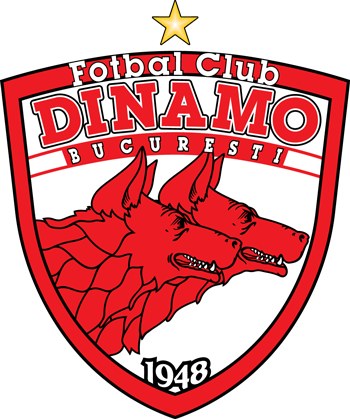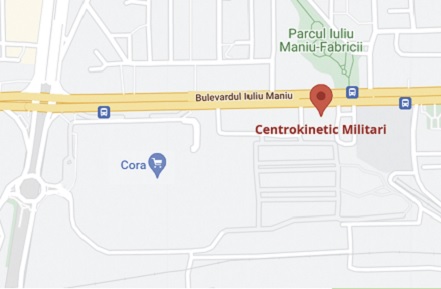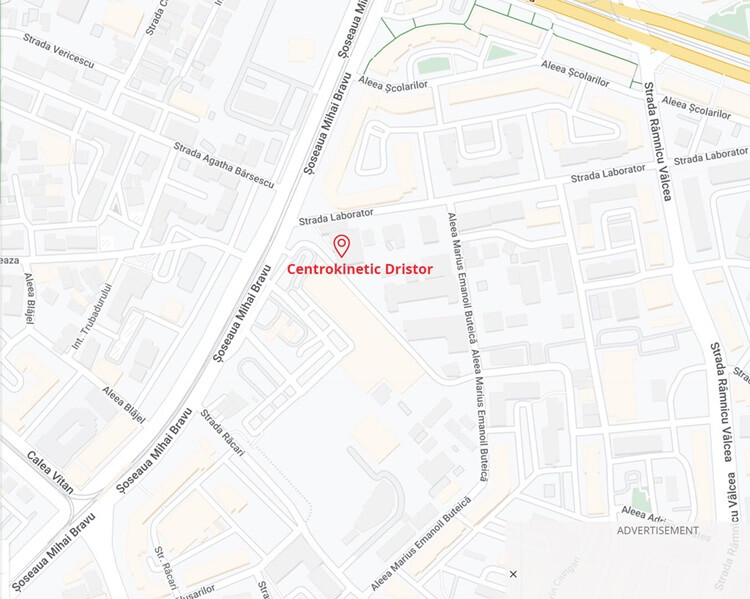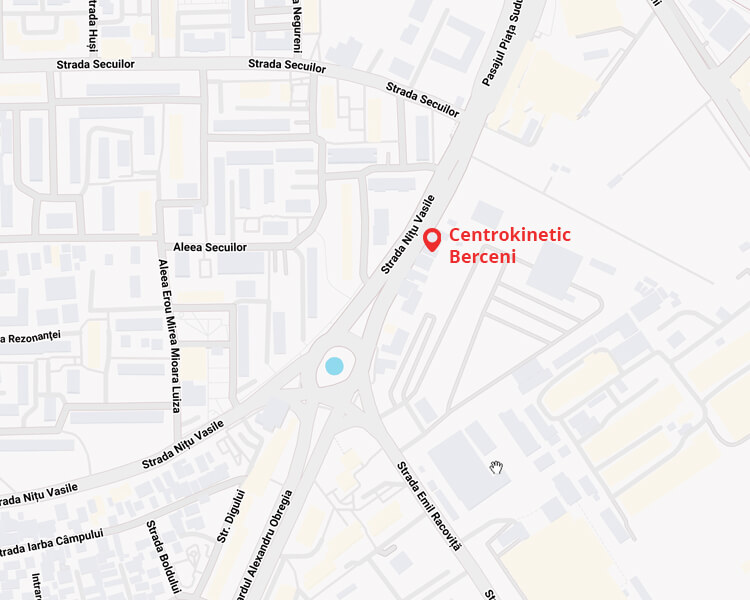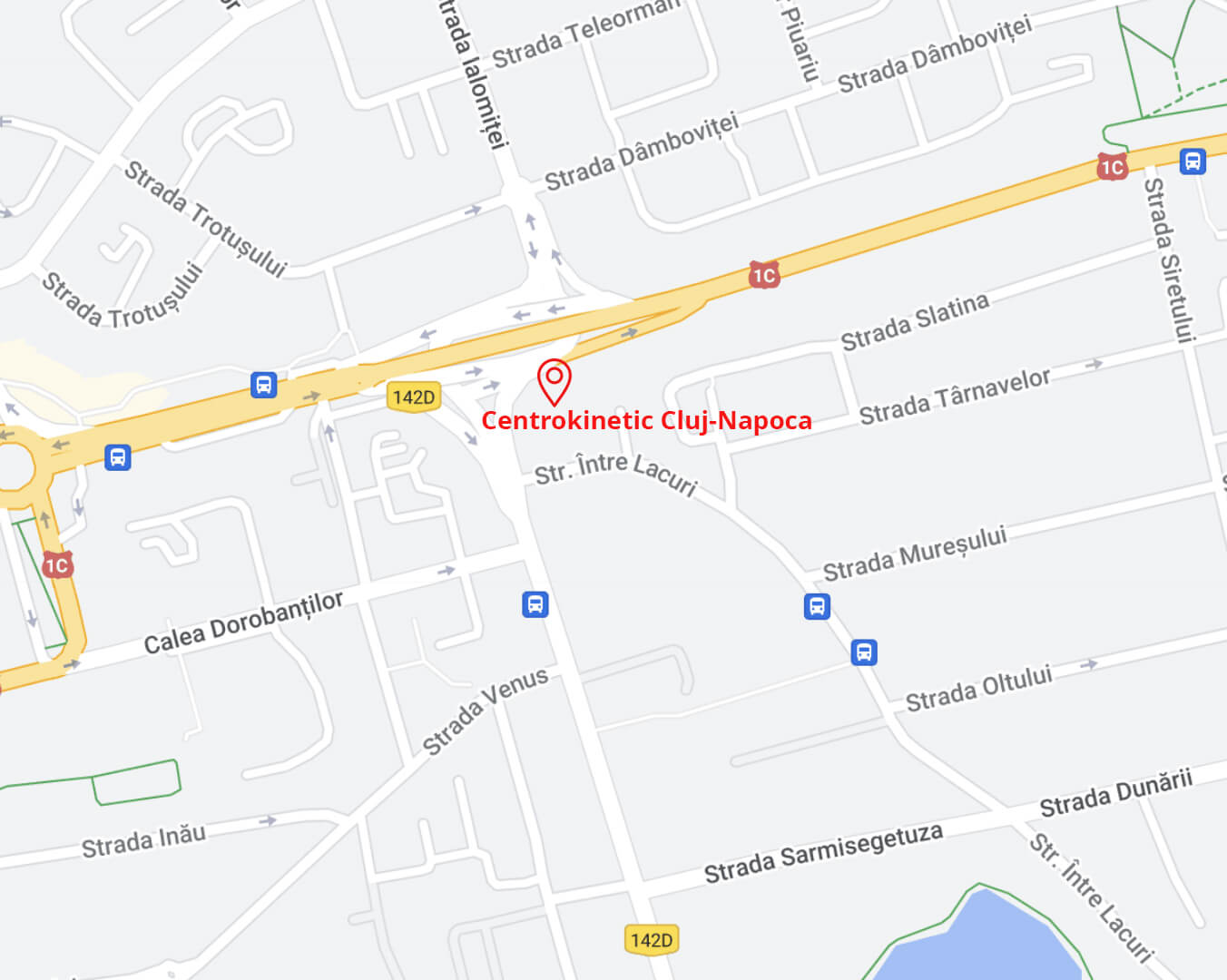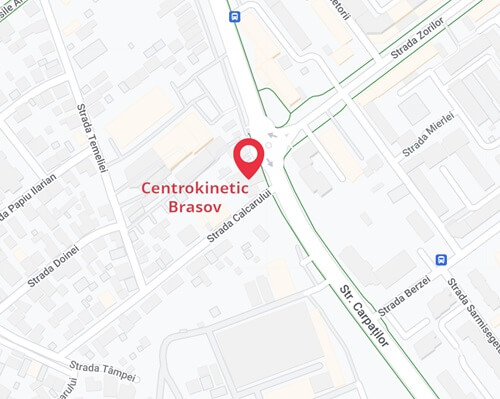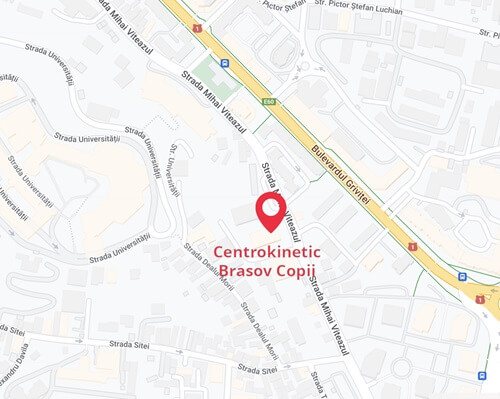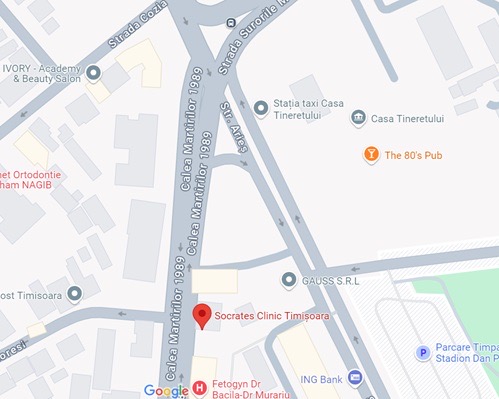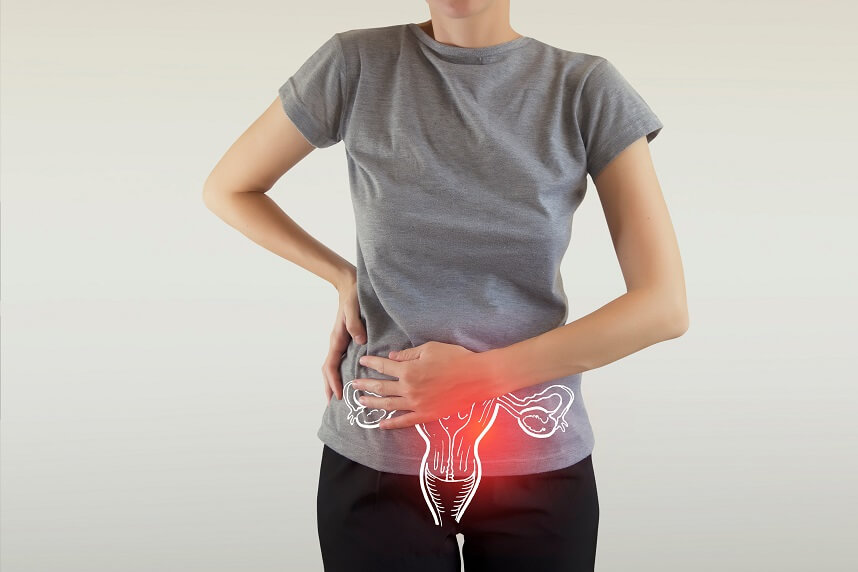
Centrokinetic meets the needs of patients with the first concept in the field of pelvic disorder recovery in Romania, a project designed for both women and men, through which we address pelvic pain of urological, orthopedic, neurological, or rheumatological origin, urinary incontinence in women, and erectile dysfunction in men. The department is coordinated by Dr. Minciuna, a senior urologist specialized in diagnosing and treating these conditions. Alongside Dr. Minciuna, the department also includes:
- Rehabilitation doctors Bucharest:
- Georgiana Tache, Md - medic primar de recuperare, medicina fizica si balneologie, cu 30 de ani experienta in domeniu. Este cadru didactic universitar - sef de lucrari la Discipina de Recuperare Medicala UMF Carol Davila, Bucuresti.
- Edis Mustafa, Md - medic primar de recuperare, medicina fizica si balneologie, fiind primul medic din Romania care a abordat stimularea electrica transcraniana.
- Adina Matei, Md - medic specialist de recuperare, supraspecializat in ecografie musculo-scheletala, cu peste 15 ani de experienta.
- Renata Czego, Md - medic specialist recuperare, medicina fizica si balneologica, cu peste 10 ani de experienta.
- Lungu Adrian Md. - medic specialist recuperare, medicina fizica si balneologica.
- Simona Fatulescu Md.
- Victorita Suciu Md. - medic primar recuperare, medicina fizica si balneologica.
- Mihaela Parnia Md - medic specialist recuperare, medicina fizica si balneologica.
- Ana Maria Muresan Md. - medic specialist recuperare medicala
- Georgiana Dila Sirbu Md - medic specialist recuperare, medicina fizica si balneologica.
- Alexandru Cristea Md.-medic primar de recuperare medicala
- Matei Rebenciuc Md. - medic specialist recuperare, medicina fizica si balneologica.
- Rehabilitation doctors Cluj:
- Nicoleta Stoica Md - medic primar recuperare, medicina fizica si balneologica.
- Andreea Sabou Md. - medic primar recuperare, medicina fizica si balneologica, cu competente in ecografia aparatului locomotor.
- Larisa Condurovici Md. - medic specialist recuperare, medicina fizica si balneologica.
- Crina Ilies Md
- Kristina Moldovan Md - medic specialist recuperare, medicina fizica si balneologica.
- Teodora Miron Md - medic specialist recuperare, medicina fizica si balneologica.
- Alexandra Stroia Md. - medic specialist recuperare, medicina fizica si balneologica.
- Nadina Liana Pop Md- medic primar medicina fizica si de reabilitare
- Andreea Buliga Md. - medic specialist recuperare, medicina fizica si balneologica.
- Andreea Petre Md.
- Rehabilitation doctors Brasov:
- Andreea Mitulescu Md - medic primar medicina fizica si de reabilitare medicala.
- Iulia Belc Md. - medic primar medicina fizica si de reabilitare medicala.
- Ionut Tuchel Md - medic specialist medicina fizica si de reabilitare.
- Andrei Pintiliescu Md. - medic specialist recuperare, medicina fizica si balneologica.
[echipaSlider:recuperare]
What investigations are performed in the urology department?
- Ultrasound of the urinary system: a simple, non-invasive investigation through which the urologist can assess the health of the entire urinary system.
- Penile ultrasound, used to evaluate blood circulation in the penis, as its impairment is one of the most common causes of erectile dysfunction.
- Testicular ultrasound, which evaluates the structure and functionality of the testicles. It is a complex and fast method that offers high accuracy in diagnosing these conditions.
- Transrectal ultrasound: a special type of ultrasound that can visualize with great accuracy all the anatomical structures in the prostate area, including small lesions or minimal changes that cannot otherwise be assessed.
- Urethral secretion collection: a method used to identify the pathogenic agents responsible for infections of the male urethra and/or prostate.
- Foley catheter insertion: a simple method through which, in cases where the patient has difficulty urinating, a catheter can be inserted through the penis into the bladder to restore urination.
What is the O-Shot?
O-Shot, meaning platelet-rich plasma injection in the female genital area, is a treatment aimed at improving sexual wellbeing. Sexual wellbeing is a vital aspect of overall health, and with 20–40% of the adult population experiencing sexual difficulties, it is a subject that deserves greater awareness and discussion.
However, worldwide, both doctors and patients are often reluctant to talk about sexuality and sexual concerns. Sexual disorders can be associated with diseases, medications, personal and relationship difficulties, and include:
- Painful intercourse in 1 out of 10 women (dyspareunia)
- Lack of libido in 4 out of 10 women (hypoactive sexual desire disorder / arousal disorder)
- Anorgasmia (difficulty relaxing during sexual intercourse) in 1 out of 3 women
The O-Shot treatment involves collecting blood from the patient and obtaining platelet-rich plasma (PRP – Plasma Rich in Platelets) through centrifugation, which contains the main regenerative cells of the blood. Then, in the same treatment session, the plasma is injected into the patient’s genital area.
What happens on the day of the treatment?
- A numbing cream is applied to the area to be injected.
- Blood is drawn from the patient’s arm and centrifuged for about 16–18 minutes. The device then collects the platelets into a syringe.
- The doctor may inject a small amount of anesthetic into the area to increase patient comfort.
- Then, 1 ml of platelet-rich plasma is injected into the clitoris, 1 ml just below the urethra (to stimulate the Skene glands and improve urinary incontinence), and the remaining approximately 4–6 ml is injected into the anterior vaginal wall.
Is it painful?
The pain is minimal: sensations of discomfort, pressure, and the urge to urinate are more commonly experienced.
What do you feel after the procedure?
- Increased clitoral sensitivity – you can have intercourse, but it is recommended to wait 24 hours
- Frequent urge to urinate, which usually disappears within 24 hours
- Increased vaginal moisture, occasionally lasting up to a week
- Initial period of increased libido / hypersexuality
- Local swelling (localized edema)
After the procedure, the groin area is very sensitive for the first 12–24 hours. You may shower normally, although if a bath can wait 24 hours, that is ideal.
No prophylactic antibiotics are required.
MAKE AN APPOINTMENT
FOR AN EXAMINATION
See here how you can make an appointment and the location of our clinics.
MAKE AN APPOINTMENT






